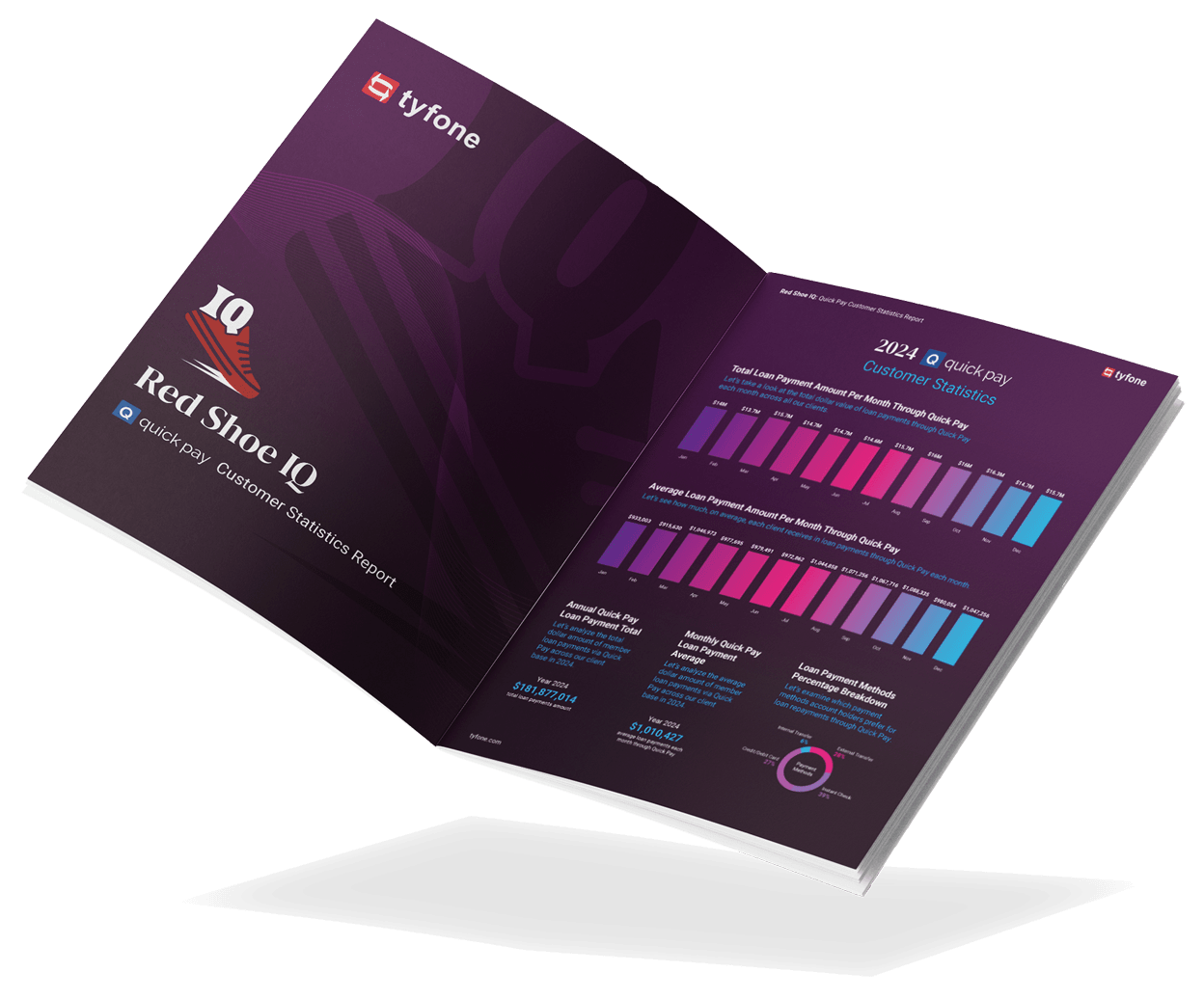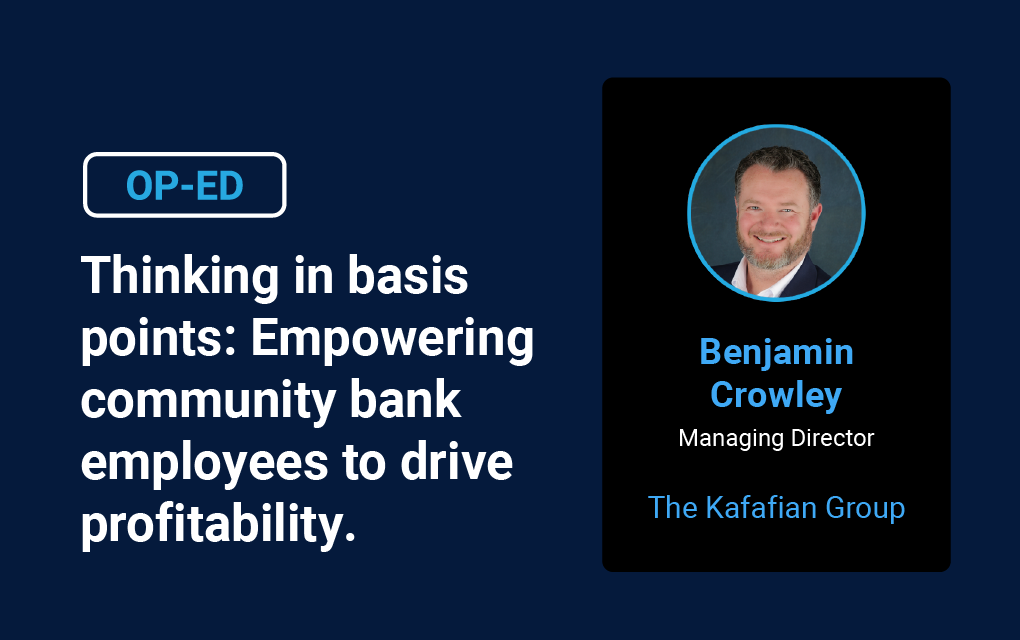The race is on for scale, youth and tech
Research we have conducted reinforces the growing sentiment in the C-Suite and boardroom of America’s community banks and credit unions that a three-pronged race is underway to:
- achieve economy of scale
- get younger in the member base
- provide the technology that consumers expect (and are getting) from their preferred financial institution.
The three initiatives are rooted together and mutually reliant.
To attract younger members, Fis need to deliver the technology they prefer. For community-based FIs, this means investing even more capital in technology (and all growth strategies) requiring the kind of incremental earnings enabled by scale, an asset size that remains admittedly elusive to many.
The consumer’s preference for the speed and agility provided by front edge technology helps explain the gains made by large Fis in satisfaction scores. ACSI (American Consumer Satisfaction Index) trends indicate large institutions have surpassed the smaller ones in part by providing acceptable technology. Large Fis and FinTech are growing faster by satisfying consumer appetite for good rates delivered by easy to use, speedy technology.
The need for scale is becoming more obvious to CU boards.
Often, at the beginning of a conference or board session, I’ll ask the group what a “good growth rate” is, as in, an indication of consumer acceptance of both current and potential members. Typically, groups will vote that “good growth” falls in a range of 5% to 10%.
The 4,483 US credit unions 2024 growth breaks out this way:
- 2,379 had no member growth
- 2,104 credit unions grew membership
- 410 grew members greater than 5% (and their average asset size is $2.28B)
Yet, $2.28 billion in assets is not “economy of scale” and management/boards know this as their experience (and SRM research) points this out. Executives and boards with high expectations for CU performance are discussing what needs to happen to accelerate member and share growth. Often, marketing gets scrutinized. Also getting attention are the type of field of membership, geographic and product expansion and overall member value.
Story continued below…
Perhaps some of the growth story is a function of member demographics and technology.
Credit Union executives tell me the average age of their membership is somewhere north of 45 years old, while the World Council of Credit Unions pegs the U.S. average CU member age at about 53. Those younger than 45 (according to various industry reports) are choosing one of the 6 largest banks as their primary financial institution in part because the big banks have many local branches and provide the technology they prefer, along with competitive rates. Importantly to this point, at least 82% of U.S. banking is conducted without human interaction (according to ABA).
Earnings Is Interconnected to Growth.
Although not for profit, net income is needed for the three-pronged race.
Income provides the fuel for growth to achieve or maintain scale by providing what consumers expect with technology and rates while funding productive marketing. Here’s a snapshot of 2024 income:
When non-interest expense is subtracted from net interest income (ROA before fees):
- 4,124 credit unions made less than $1M (this group averages $83M in assets)
- 386 made more than $1M (averaging $3.01B in assets)
- 2,292 had no income before fees (averaging $440M in assets)
Our research, first reported at the NCUMA Summer Conference, includes a summary analysis of growth success stories. Each of the “fastest growing credit unions” had a sustained ROA higher than most over recent years.
The Top 25 Growth CUs ($1B+ Assets, past 5 years) broke out this way:
- 6 CUs accomplished most of their growth through selective fintech partnerships.
- 12 CUs had completed one (or more) merger.
- 6 CUs relied solely on organic growth, are quite large and enjoy much higher core earnings.
- 1 did so with a heavy reliance on indirect lending.
There exists pros, cons and risks of each of these growth strategies (or any combination). What is clear, however, is that the risks of “staying the course” outweigh the potential positive outcomes of merger, fintech partnerships and new approaches to organic growth.
Analysis and discussion of the choices is accelerating in the boardrooms of U.S. credit unions that are determined to deliver on the mission of sustaining member value while supporting member financial health.
This is why we expect to see credit unions continue to explore appropriate fintech partnerships, conduct a process to understand the right role for merger in their strategic plan and while investigating how to leverage current member business with technology to increase household penetration.
For decades, Peter Duffy has advised credit unions on their M&A strategies. He is a frequent speaker at credit union conferences and board meetings.
Disclaimer
The views, opinions, and perspectives expressed in articles and other content published on this website are those of the respective authors and do NOT necessarily reflect the views or official policies of Tyfone and affiliates. While we strive to provide a platform for open dialogue and a range of perspectives, we do NOT endorse or subscribe to any specific viewpoints presented by individual contributors. Readers are encouraged to consider these viewpoints as personal opinions and conduct their own research when forming conclusions. We welcome a rich exchange of ideas and invite op-ed contributions that foster thoughtful discussion.










